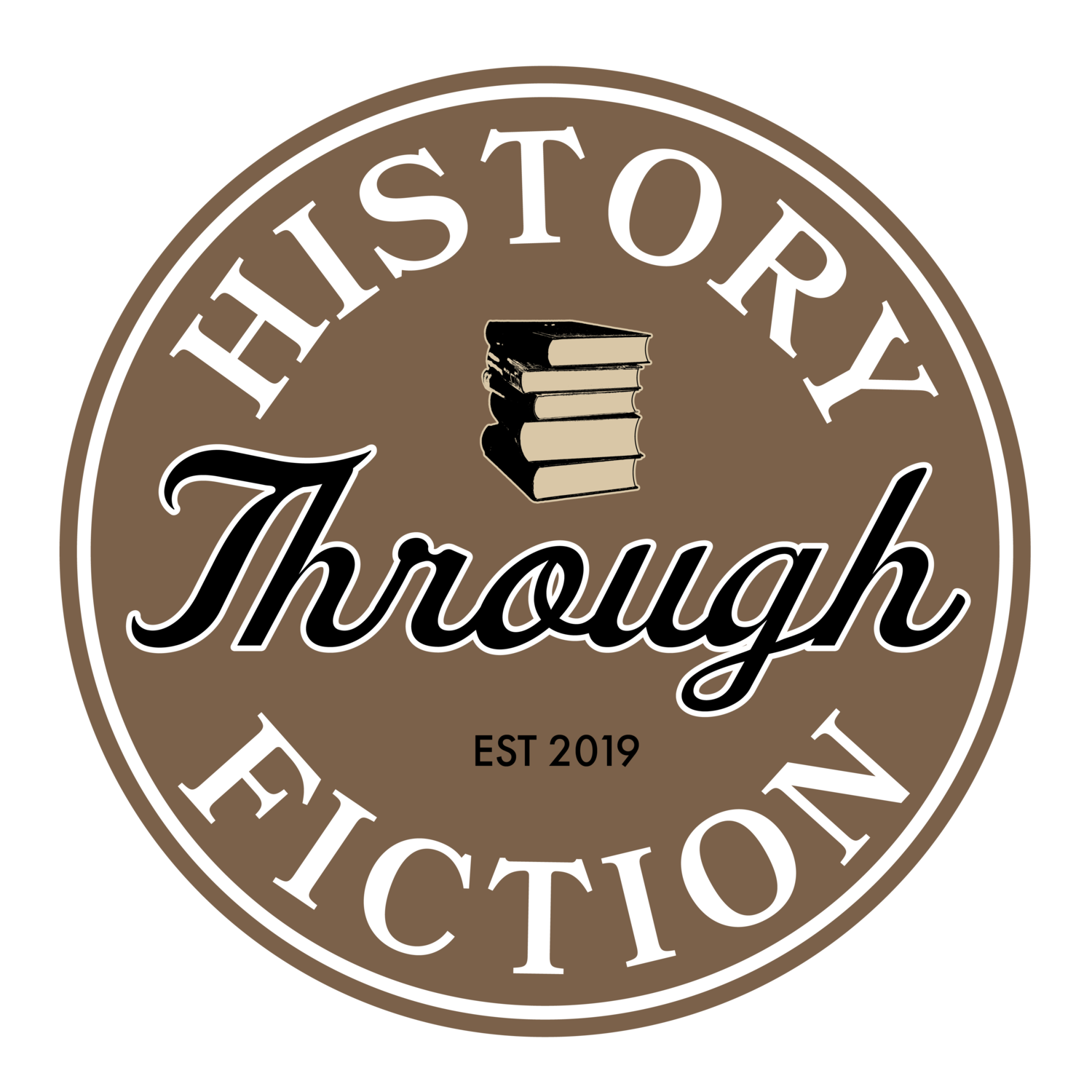Shadows on Summit: A Review of the St. Paul Ghost Tour by U.S. Ghost Adventures
As the sun dipped below the horizon and dusk settled over St. Paul, I joined a group of curious souls at the edge of Summit Avenue—a street that is, by daylight, one of America’s most picturesque and historically intact Victorian residential boulevards. But when darkness creeps in, and the lamps flicker to life beneath the towering elms, something else awakens here. Something unseen, yet palpably near.
Led by our engaging guide, Margo, the St. Paul Ghost Tour by U.S. Ghost Adventures transformed a quiet summer evening into a theatrical and sometimes chilling journey through the haunted past of one of Minnesota’s most storied avenues.
Our guide Margo at the base of the Nathan Hale statue on Summit Avenue.
Summit Avenue, which stretches from the Cathedral of St. Paul all the way to the Mississippi River, is steeped in architectural splendor and historical significance. Named one of America’s "Great Streets" by the American Planning Association, its stately homes whisper stories of Gilded Age opulence—and, as I learned on the tour, of the tragedies, scandals, and sorrows that still cling to their walls.
Margo’s storytelling was the heart of the experience. With poise and enthusiasm, she wove tales of heartbreak, ambition, and eerie persistence. We stood before the Forepaugh Mansion, where a turn-of-the-century love triangle led to not one but two suicides—Joseph Forepaugh, a prominent businessman, and Molly, the Irish maid with whom he had an affair. According to legend, their spirits remain locked in that house, a tragic echo of their earthly betrayal.
“As from the house your mother sees
You playing round the garden trees,
So you may see, if you will look
Through the windows of this book,
Another child, far, far away,
And in another garden, play.
But do not think you can at all,
By knocking on the window, call
That child to hear you. He intent
Is all on his play-business bent.
He does not hear, he will not look,
Nor yet be lured out of this book.
For, long ago, the truth to say,
He has grown up and gone away,
And it is but a child of air
That lingers in the garden there.”
A short walk brought us to Cochran Park, a green space once meant to be a haven for children. Instead, it became a symbol of unintended consequences—where disease and tragedy marred its innocent intent. It was here that Margo recited Robert Louis Stevenson’s haunting poem “To Any Reader,” its verses echoing eerily against the fading light. It was a moment of somber reflection and the most literary touch of the evening.
We continued past the Old Smith Mansion, the oldest house on Summit, where stories of occult séances and spectral voices suggested that death was never the end for its builder, David Stuart—or for his grieving, determined widow. Then, beneath the stoic gaze of the Nathan Hale statue, we paused to acknowledge not just the ghosts of private grief, but also those of public memory—of soldiers, patriots, and the heavy legacies of national sacrifice.
The tour’s route also winds past stories less known but no less compelling—none more so than that of Nina Clifford, a woman whose presence still lingers in the cracks of the city’s conscience. Once the proprietor of St. Paul’s most notorious brothel, Clifford carved out power and permanence in a world that offered women little of either. Her lavish establishment stood just across from the police station and city morgue, a daring juxtaposition that spoke volumes about the tacit agreements of power, vice, and civic order in the late 19th century. Today, her story is commemorated with an exquisite wood carving tucked near the Minnesota Judicial Center—its fine detail and spectral elegance catching the lamplight in a way that makes you wonder if she’s still keeping watch. According to some, she is. On quiet nights, when the wind is low and the street is still, you can hear the faint, unmistakable click of her heels echoing along the avenue, as if Nina herself were pacing the cobblestones, forever guarding her legacy.
The tour ends, appropriately, at the former home of F. Scott Fitzgerald, St. Paul’s most literary ghost. A quiet, ivy-draped structure nestled among the grand facades, the house stands as a reminder that even genius begins somewhere. Here, Fitzgerald wrote portions of This Side of Paradise and dreamed of the glamour and ruin that would come to define The Great Gatsby. The brickwork is worn, the garden untamed, and yet the house still breathes with the fire, madness, and lyricism of its onetime inhabitant.
“No amount of fire or freshness can challenge what a man will store up in his ghostly heart,” wrote Nick Carraway—and one can’t help but wonder what ghosts Fitzgerald himself left behind in this city of frozen hearts and smoky ballrooms. Whether you know him through his novels or through the prism of Baz Luhrmann and Leonardo DiCaprio’s cinematic Gatsby, standing outside his Summit Hill home invites a hush. It feels like stepping into a dream that was already halfway gone.
Final Thoughts
If you’re visiting St. Paul—or even if you’re a local who’s never seen your city through this particular lens—this tour is well worth your time. It’s a storytelling experience that brings new dimension to the already rich fabric of Summit Avenue. And with guides like Margo at the helm, you’ll come away both entertained and haunted—in the best possible way.
I receive a free tour in exchange for my honest review. Thank you St. Paul Ghost Tours!

